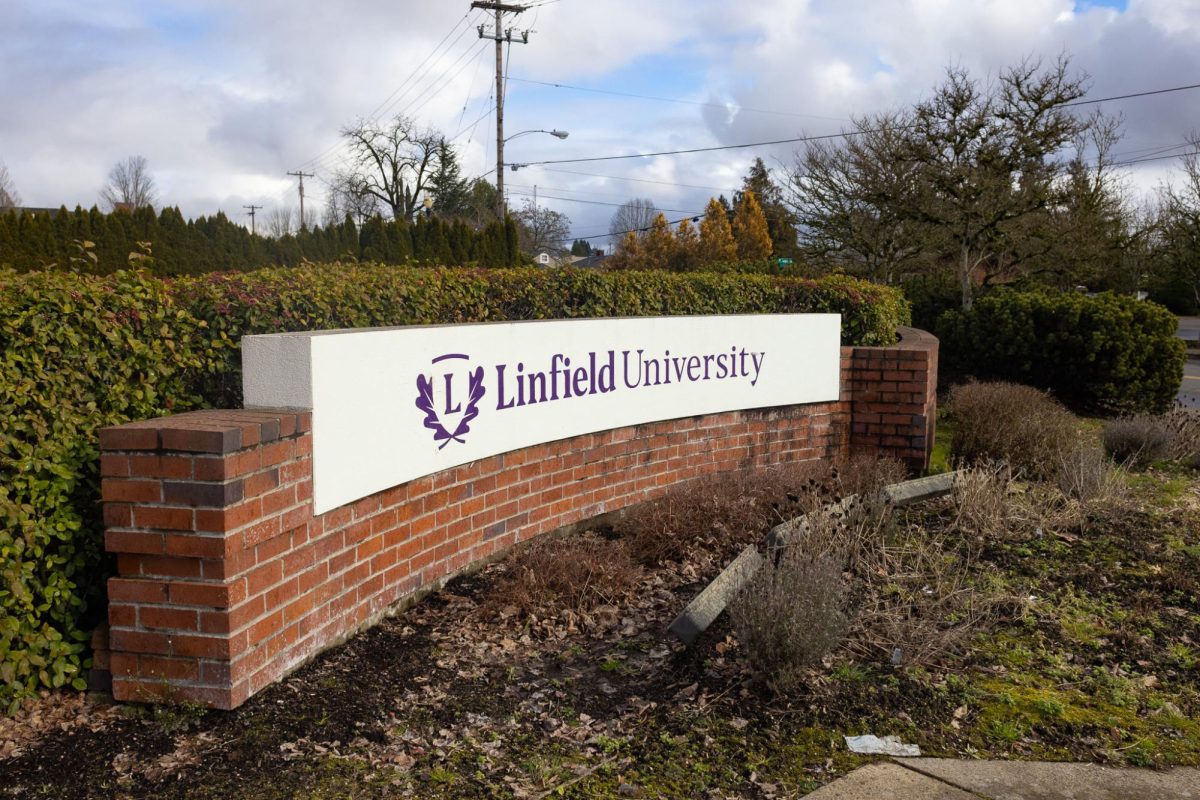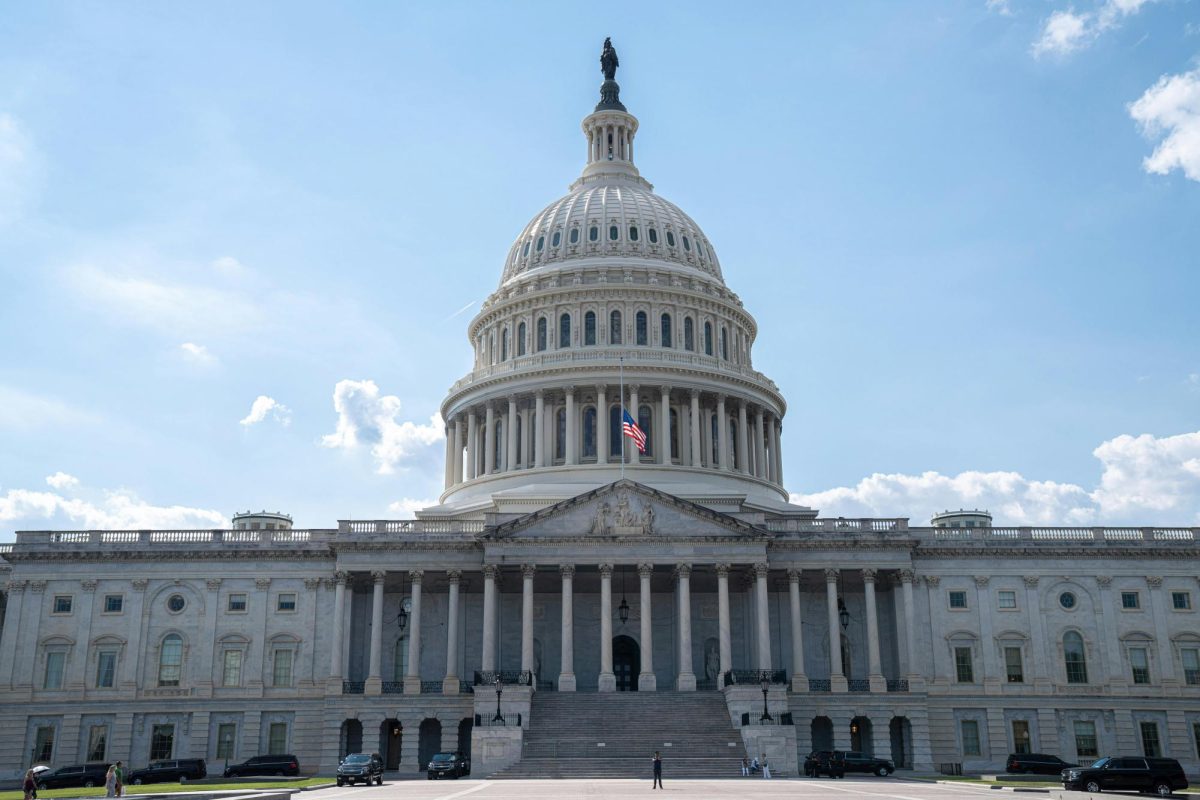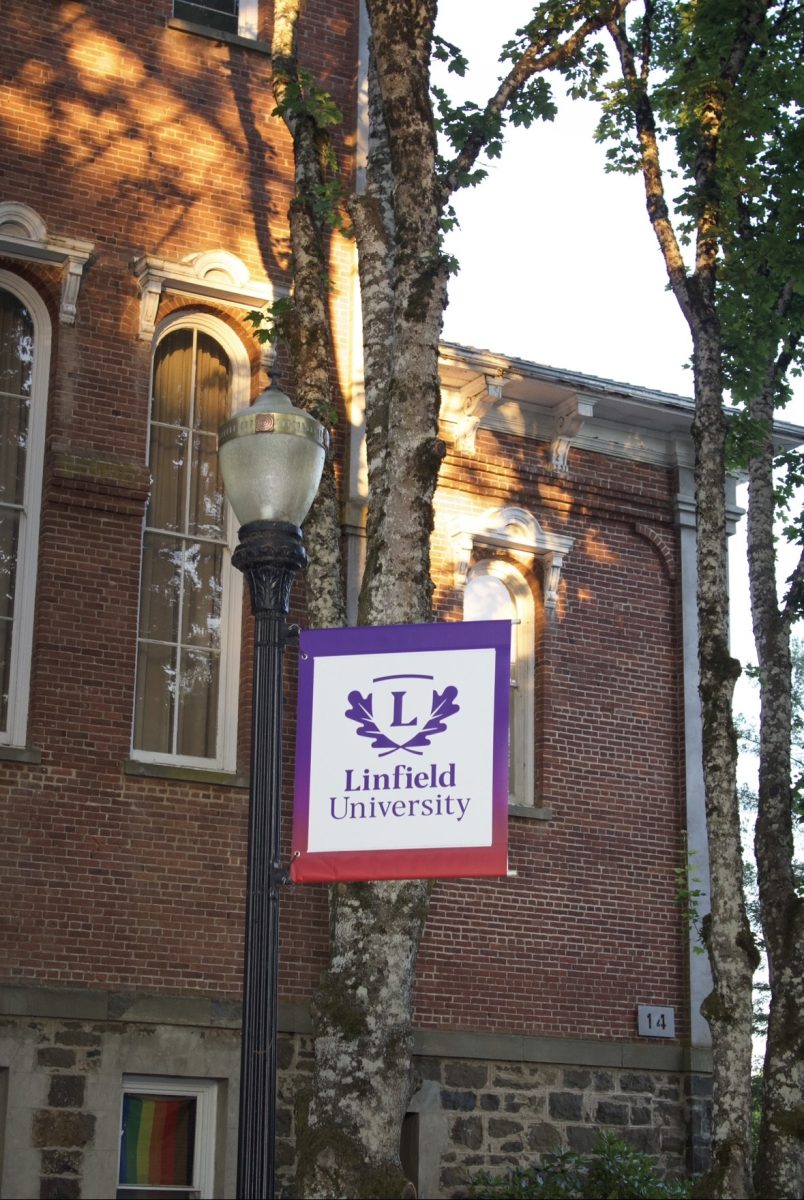To get educated these days, most students have to go into debt.
And debilitating debt, experts say, could trigger a financial meltdown akin to the mortgage crisis if students don’t repay their loans.
It could also make the millennials, aged 18 to 34, the first generation in America not to do better than their parents, a potential failure that has people questioning the morality of how we now pay for education:
“Is it ethical to saddle a 17-year-old who’s never had experience with credit with this amount of debt?” asked Barmak Nassirian, associate executive director of the American Association of Collegiate Registrars and Admissions Officers in Washington. “No counseling teaches the pain of repayment.”
And while students suffer, lenders flourish, Nassirian added: “What’s better than garnishing my wages and owning a piece of me for life?”
Nationally, the average student debt is about $25,000 per person, according to 2010 figures, the latest reported by the Institute for College Access & Success. That’s the highest level of student debt in American history, up nearly 43 percent since 1996, in today’s dollars.
Overall, U.S. student debt is more than $1 trillion. This includes loans for students who attended any type of postsecondary institution—whether they graduated or not, according to the newly formed federal Consumer Financial Protection Bureau. That total is more than all the outstanding charges on all the credit cards throughout the United States ($693 billion), or all U.S. auto loans ($730 billion).
Student loans can be dangerous for young people, who can’t declare bankruptcy and walk away from their obligations, the way people with credit-card or gambling debts can. Student debt can be garnished from wages and Social Security.
“It worries me,” said Mike Mychack, 24, of Philadelphia. He graduated this year with $50,000 in debt from Temple University and now works at the Bridesburg Boys & Girls Club in Philadelphia, making less than $20,000 a year. “I’ll never be able to pay the loan off at this rate.”
The bulk of students in America attend public colleges and universities, where state funding nationwide has been cut 2.8 percent in the past two years.
At the same time, experts on college financing point out, universities are continually spending money to improve their physical plants and to make their campuses more enticing to students.
Certain schools offer financial-aid packages without loans. But often, experts say, parents are expected to contribute, and they end up taking out loans.
Colleges are facing a shift in who pays their bills, concludes a recent study by the Delta Project, a nonprofit that studies college spending. Especially at public universities, the portion of costs covered by tuition is going up faster than overall spending.
These days, more students than ever—10 percent—graduate with high debt, defined as loans of $40,000 or more, up from 3 percent since 1996, according to the Project on Student Debt.
Among all students, African-Americans carry the most levels of high debt in the United States.
About 16 percent of African-American graduates owed more than $40,000 on loans in 2008, the latest year calculated. For whites, it was 10 percent; Hispanics, 8 percent; and Asians, 5 percent.
African-Americans are “disproportionately recruited by and enrolled in for-profit colleges, which cost more on average,” said Pauline Abernathy, vice president of Institute for College Access & Success.
“It’s very troubling that the lowest-income students have the highest levels of student debt,” she said.
A disproportionate share of African-Americans have low incomes and are the first in their families to attend college, Abernathy said. They’re less likely to know someone who has gone to college to stop them from enrolling at any school that pressures them to sign up.
The U.S. Department of Education has accused some for-profits of using exploitative tactics to enroll students.
With so much overwhelming student debt, defaulting on loans is increasing.
About 320,000 borrowers who started repaying their loans in 2009 defaulted by the end of 2010—81,000 more than the year before.
More than 50 percent of the increase is from students who attended for-profit colleges, which charge tuitions that in many cases are double those of other colleges.
Students who default often ruin their credit, finding themselves unable to buy homes or even to secure more student loans to try to finish school.
Things could get worse in July, when interest rates on federal student loans for low-income students are set to rise to 6.8 percent, from 3.4 percent. President Barack Obama is fighting the increase, while Republicans in the U.S. House of Representatives are supporting it.
Not all student debt is bad.
College, in fact, can be the best investment a person ever makes.
But when the class of 2012 graduates next month, its members will be entering a job market with steep competition.
“The problem isn’t necessarily the $25,000 debt,” said Paul Harrington, director of the Center for Labor Markets and Policy at Drexel University. “It’s having the debt and then making $10 an hour that’s overwhelming.”
Students must be more strategic in picking majors that will lead to jobs that can pay back their loans, experts say.
“It’s one thing to have a six-figure debt and be graduating from medical school,” noted Hurley of the American Association of State Colleges and Universities. “But $40,000 in debt for a social worker or public schoolteacher—that’s not good at all.”
____________________________________________________________________________________________
Alfred Lubrano/The Philadelphia Inquirer






